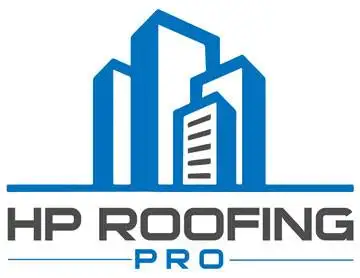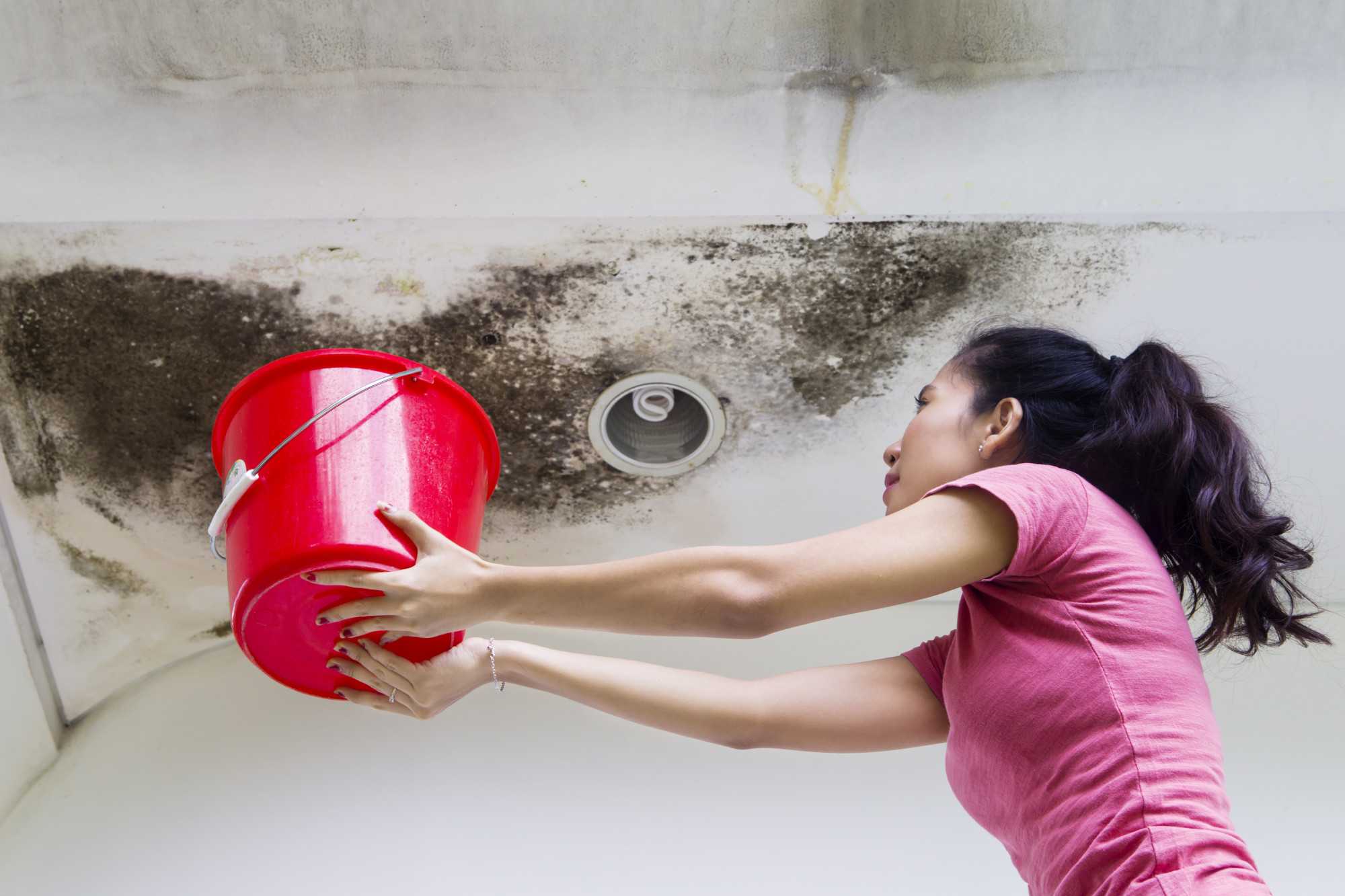Mon - Fri 7:00 am - 4:30 pm
601 South Palm Ave, Alhambra, CA 91803
Posted by hproofingpro No Comments on 4 Common Causes of Roof Leaks in Commercial Buildings Roofing
4 Common Causes of Roof Leaks in Commercial Buildings
While owning or managing a commercial building has a high potential for generating income, it also comes with its own set of risks. Water damage, in particular, is something that requires immediate attention.
But, the causes of roof leaks aren’t always obvious, and it’s important to know what to keep an eye out for.
Not sure where to start? Let’s take a look at everything you need to know.
What Are The Signs That I Have a Leak?
It’s possible (and fairly common) for buildings to have leaks without the presence of dripping water. Left untreated, this can result in a handful of negative consequences, including the growth of mold, damage to the interior of your building, etc.
In addition to the presence of water, you should keep an eye out for stains on walls or ceilings and noticeable mold growth. You should also be wary of any foul smells coming from certain areas of the building, as these could also denote the presence of mold.
Let’s explore a few of the most common causes of leaks in commercial buildings.
1. Roof Penetrations
It’s widely common (and necessary) for commercial buildings to have open penetrations in certain areas. This is to accommodate the installation and use of vents, pipes, drains, and HVAC units.
Although these areas are typically treated and sealed after installation occurs, they’re areas that frequently experience leaks. This is especially true if your building is located in an area with a particularly rainy climate, as frequent precipitation can quickly lead to leaking roof penetrations.
In general, the flatter the roof is, the more likely you’ll encounter problems in this area since the absence of slopes or angles facilitates water accumulation.
2. Poor Drainage
In an ideal scenario, roofs handle the accumulation of water through things like gutters and downspouts. If complications arise with these systems, though, water may begin to coalesce on the roof, leading to the development of leaks.
In extreme cases, the extra weight that water accumulation exerts on your roof can lead to cave-ins, causing significant property damage (and potentially injury).
It’s vital to handle the issue before it progresses to this point. Fortunately, routine inspections can ensure that no leak will ever make this level of progression.
3. Damaged Membrane
In the roof of a commercial building is a waterproof layer known as a ‘membrane.’ If properly installed, it should be able to prevent leaks under most circumstances.
Unfortunately, it’s not uncommon for the membrane to become damaged from things like foot traffic, dropping tools, etc.
The main issue associated with membrane damage isn’t the same as poor drainage, though— you likely won’t notice pools of water on the roof’s surface.
Instead, water may seep through the roof and begin to saturate the structure’s insulation. Eventually, this will lead to the presence of a leak in the general areas of your commercial building.
If left unchecked, a damaged membrane can lead to you replacing large sections of the building’s insulation, leading to thousands of dollars in unnecessary expenses.
4. Aging Material
The roofs of most commercial buildings should last up to two decades without any issues in terms of structural integrity. Afterward, though, you’ll likely begin to experience problems when it comes to how water impacts your roof.
Failing to properly maintain your roof or (or learn about the roof’s age before you purchase the building) can easily lead to a large handful of repair costs, some of which may interrupt the productivity of the businesses that operate within the facility.
What Should I Do If I Notice a Leak?
In most cases, your leak won’t involve a large surface area or exhibit large amounts of water pouring onto your floor or walls. This doesn’t mean, though, that you shouldn’t take immediate action.
Here are the next steps you should follow after you notice a leak in your building.
Prevent Further Damage
Before you do anything else, you’ll need to relocate any vulnerable equipment and inventory to minimize the amount of damage incurred. Unchecked leaks (especially those near electronics) can easily cost thousands in damages.
You should then isolate the area to prevent people from slipping or any other negative consequences from the leak.
Note The Leak’s Location
This information will be crucial for contractors to know when they come to repair your roof. The part of the ceiling that’s leaking is likely directly associated with the issue.
For example, a leak that develops underneath where an HVAC system is installed is most likely related to the system itself.
Contact a Professional
Once you’ve assessed the situation on your own and taken the proper precautionary measures to prevent future damage, it’s time to contact a roofing professional.
The individual you hire should have a substantial amount of experience in the industry, specializing in commercial roofing repairs, and be able to provide you with examples of their past projects.
Since hiring an underqualified professional puts you at risk of dealing with future damage and repairs, it’s crucial to hire a contractor who’s capable.
Determining The Causes of Roof Leaks Can Seem Difficult
Determining the causes of a roof leak is often a problem. But it doesn’t have to be.
With the above information about how to recognize the causes of roof leaks in mind, you’ll be well on your way to resolving these issues before they become too severe.
Want to learn more about how we can help? Feel free to get in touch with us today to see what we can do.
Recent Posts
Categories
Recent Posts
Do you have any questions?
Contact us at The HP Roofing PRO office or submit a business inquiry online
Contact Us






